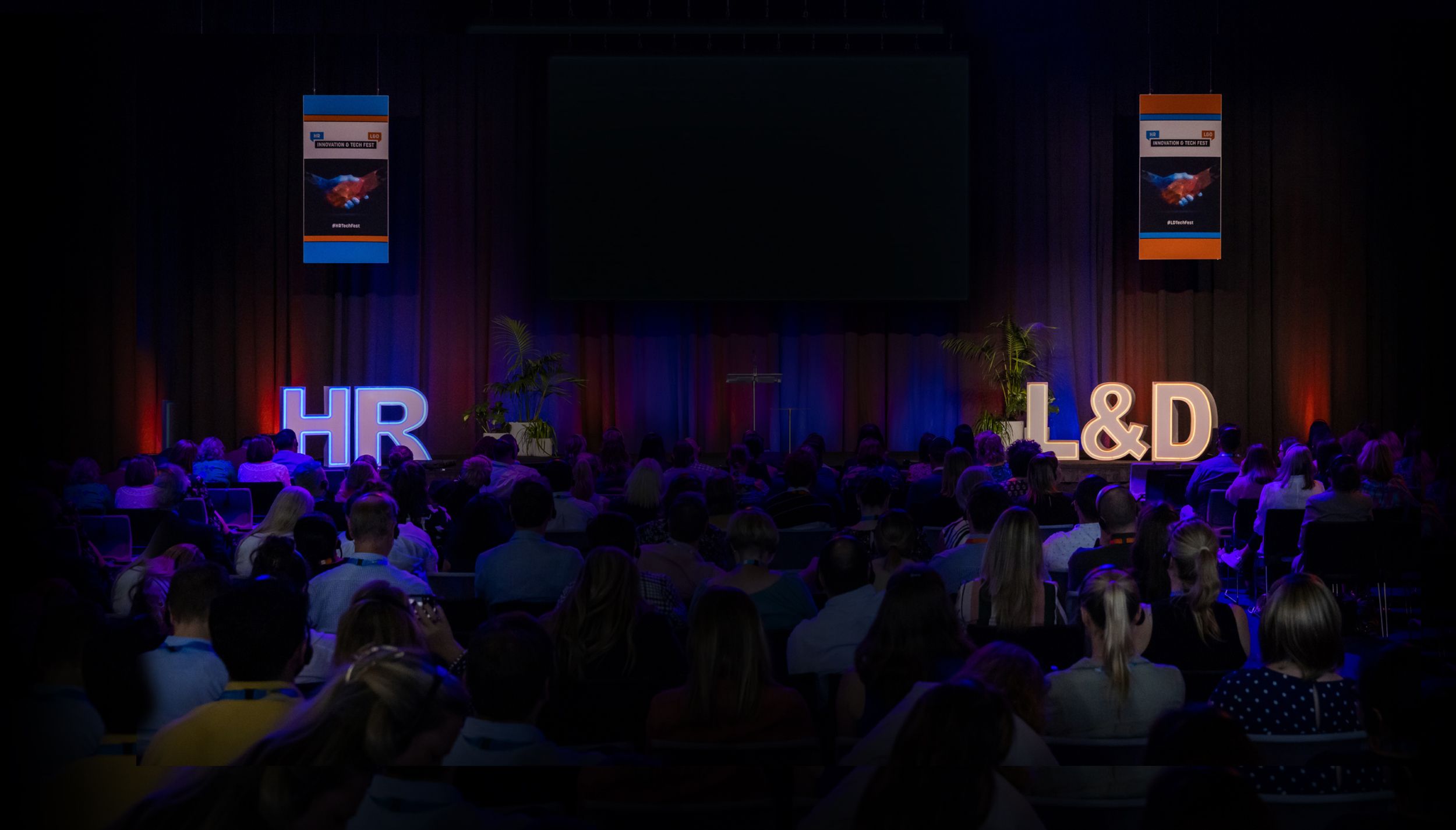Why Keeping New Year’s Resolutions is the Same as Successful Learning Transfer
)
I have a somewhat constant list of new year’s resolutions that I seem to pedal out each year: eat better, move more, spend quality time with people who matter. Now that we have officially entered the second half of the year and yet another festive season rocketing towards us, I am left wondering where the time has gone and why I didn’t quite manage to keep those new year’s resolutions (again).
Sound familiar? It should. According to Forbes, just 8% of people achieve their new year’s resolutions….that’s worse than learning transfer rates (around 20%)!
So, what did the 8% have in common? Two things, both of which apply to successful learning transfer:
1. They Kept it SimpleThose achieving their new year’s resolutions focused on “small, attainable goals, throughout the year”. Large lists or lofty goals, however admirable, can leave people feeling overloaded and overwhelmed. They don’t know where or how to start, so they don’t.
Similarly, too many learning experiences are overloaded. We L&D folk are so darn excited to get people in the learning space (physical or virtual) that we try to impart as much as we possibly can – a veritable tsunami of information and experiences. We fail to keep the focus on one or two key messages/skills/behaviors/attitudes etc. that are truly aligned to business objectives / required competencies thatand will have the most impact; even though we know learners are unlikely to retain more than this.
This is the first keep it simple message for L&D: keep it simple, and short. Be focused and transparent about the why of learning; why it, and subsequent application back on the jobmatters. Bite size or Micro learning is one of the top learning trends identified by industry analyst Josh Bersin, who attest to its effectiveness to keep learners engaged and coming back for more.
Why? Because back on the job, learners are overloaded, increasingly so. They return to volatile, uncertain, complex, ambiguous, busy workplaces where they are met with competing demands. Applying learning, trying new things, connecting and sharing with others and continuing to learn is seen as an indulgence. So, make it simple instead.
This leads us to the second keep it simple message for L&D: invest time throughout the learning experience for reflection and discussion of how learning can be applied. Support learners to create context. Rather than leaving training, armed with notes and a plan to “be a better”…e.g. “be a better manager”, get learners to focus on small, attainable steps of what success looks like: examples of what they would do and say differently to be a better manager. Start with a small number (3-5) changes/actions they can take towards the ultimate goal, like increasing the number of coaching conversations or delegating more. These actions must be determined by the learner and targeted for high impact.
It’s about taking a small step; experiencing success, then taking another step forward. This shifts the focus from all or nothing to a learning and development pathway lined with leading indicators that create and sustain engagement to change behaviours, adjusting as needed and sustaining the change. This is about learning that delivers business impact – not high-scoring happy sheets. Simply learn and apply – immediately, repeat.
2. They Made it TangibleThe second common element of successful new year’s resolutions was defining actions that are “bounded by rational, achievable metrics”.
YES!
How many of us want to “healthier, fitter, firmer, faster” etc. etc., including these in our (long) list of new year’s resolutions? How many of us know that regular exercise and healthy eating is how to do this relative to those of us who actually do something tangible that we sustain? (Indeed, this is my standard question for those that say good learning gets applied without any extra effort).
This is why I recommend that the 3-5 actions above be linked to an “if-when” trigger and be completed within 100 days of the learning event. E.g. When it is Monday 10am, I will book 3 coaching conversations for Thursday and Friday…. If I am asked to do X, I will reflect on who in my team can benefit from the experience and delegate to them.
Rather than good will, there is a clear trigger for action, one that is time bound – it cannot be put on the “later pile” indefinitely. The added bonus is that these actions also be measured and provide rich input into conversations between learners and their line managers as well as between L&D and the business. What was the expected impact? Were the actions completed? What was the impact? In my experience, when there is follow-up, there is action.
A learning effectiveness action plan can be as simple as 3 columns:
“If/When”…”Then I Will”…..”To Achieve”…..
This simple tool can be very powerful. The middle column could also be used at the design/selection stage, substituting “I” for “learners” to ensure that learning is aligned to business drivers and objectives.
Take a moment now to reflect back on your new year’s resolutions. Want to get them done? Keep them simple and make them tangible! Apply all that learning you’ve been doing throughout the years gone by. Apply it now for a wonderful, prosperous, healthy, happy successful year.
Vanessa Blewitt will be sharing more secrets to learning success at Learning & Development Innovation & Tech Fest, 29-30 October 2018, Hyatt Regency Sydney.
About the Author
Vanessa Blewitt is the Global Lead for Learning Intelligence and Effectiveness at Nestlé and a passionate champion of ensuring learning delivers tangible value to individuals, teams and organisations. She has lead the development of a Learning Effectiveness Approach that incorporates process, measures and reporting. Starting with International Leadership Development Centre several years ago, this is now part of a world-wide business transformation program targeting all development solutions for employees worldwide.


